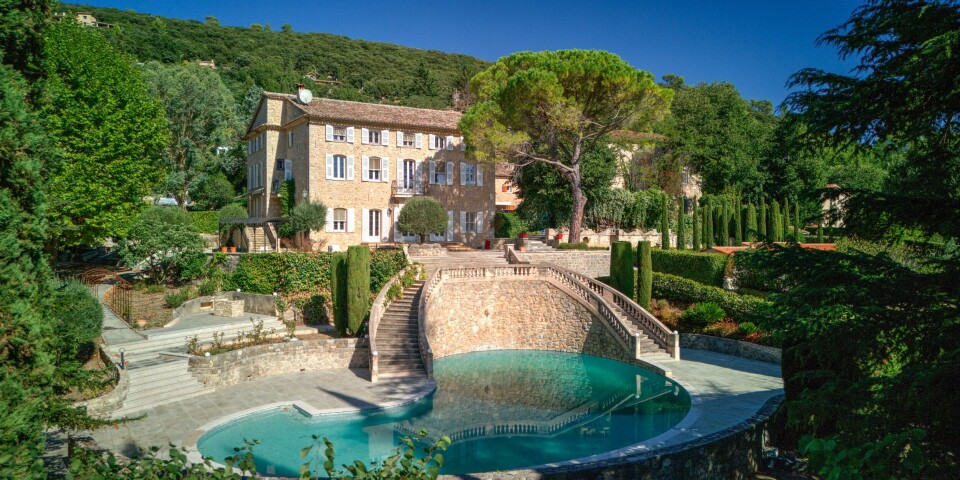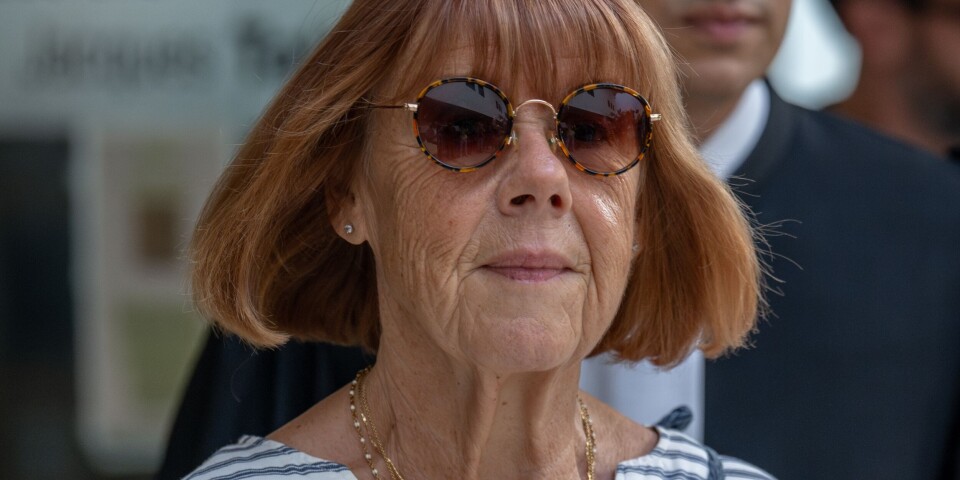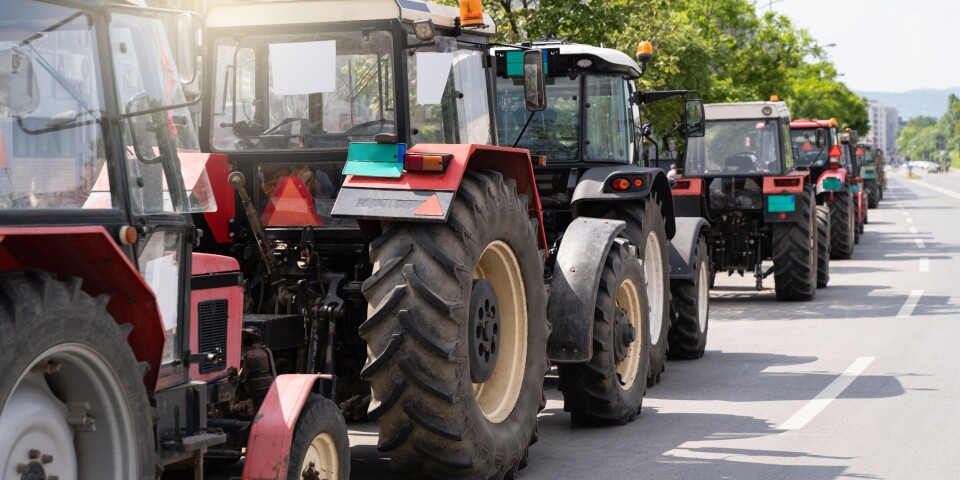Long life: Which areas of France are set to have many centenarians and why?
Overseas departments fare the best but some areas in mainland France and Corsica also rank highly
The department of Corse-du-Sud in Corsica ranked among the highest departments in mainland France and Corsica (outside of the overseas departments)
Pawel Kazmierczak/Shutterstock
A new ranking has revealed the areas of mainland France in which people are most likely to live to age 100 or older between 2025 and 2070.
There are currently more than 30,000 people aged 100 or over in France, but figures from national statistics bureau INSEE (reported by Le Figaro) show that this is set to rise to as many as 600,000 by 2070.
People who will reach the age of 100 by 2070 are 55 years old now.
Yet, when it comes to the number of people who are expected to reach the advanced age, there is a significant difference in departments.
“Several factors may explain these differences,” said Jean-Marie Robine, a demographer and director of research at Inserm (l'Institut national de la santé et de la recherche médicale, the French national institute of health and medical research).
“The birth rate, the death rate, or the rate of migration. The living environment could also have an impact on longevity.”
Highest-ranking departments in France
Haut-Rhin, Bas-Rhin, and Haute-Corse are the departments with the highest expected number of centenarians in mainland France and Corsica.
Between 2025 and 2070, Corsica in particular is set to see its proportion of centenarian men increase by more than 1,000%, and by 400% for women.
One man, Thierry, aged 53, told Le Figaro: “My father died at 63, my grandfather at 86. The only difference is that one of them lived in Corsica; I'll let you guess which one.”
Thierry has now moved to Corsica himself.
“The key to living a long life is to be surrounded by people and, above all, to live happily,” he said.
Paris in last place
Paris came last in the ranking, out of 101 departments.
One resident, Alain, aged 55, told Le Figaro: “I was born, raised, and have always worked in Paris, but I can't imagine growing old here.”
“It's very depressing, it rains a lot and the sun doesn't shine much,” he said. “When I retire, I'm thinking more of the sun, the sea and the sound of cicadas.”
Overseas territories ‘so high we thought they were wrong’
Overseas departments fare the best in the ranking overall. They are:
In French Guiana, the number of male centenarians is set to increase by an incredible 2000% between 2025 and 2070, INSEE projects.
That is five times more than the projection for Paris, at 400%.
“The figures were so high for the overseas territories that we thought they were wrong,” said Mr Robine.
However, the researchers ruled out the risk of any errors or misuse of birth certificates, and found that the figures were correct.
This could be due to several factors, states Mr Robine.
"It could be linked to the specific nature of the population of these territories, made up of descendants of slaves who lived through the slave trade. The extreme living conditions of their ancestors may have led to a selection of the most robust.
“The other theory not to be overlooked is that of blues zones. These are regions of the world where people live longer. These are sunny, airy places where stress levels are lower.”
Centenarians by department
The top 30 departments overall, including the overseas territories, for male centenarians, are:
French Guiana (Guyane), 2,527% projected increase from 2025 to 2070
La Réunion, 1,744%
Mayotte, 1,353%
Haut-Rhin, 1 249%
Bas-Rhin, 1,150%
Haute-Corse, 1,138%
Vendée, 1,124%
Morbihan, 1,037%
Ain, 1,010%
Corse-du-Sud, 1,010%
Haute-Savoie, 998%
Moselle, 980%
Seine-et-Marne, 971%
Oise, 970%
Savoie, 960%
Essonne, 953%
Finistère, 945%
Landes, 940%
Eure, 933%
Haute-Loire, 933%
Ille-et-Vilaine, 918%
Isère, 909%
Hautes-Alpes, 896%
Hérault , 895%
Seine-Saint-Denis, 894%
Pas-de-Calais, 875%
Côtes-d'Armor, 866%
Vaucluse, 860%
Drôme, 854%
Calvados, 844%
For female centenarians, the results vary slightly, although French overseas territories still come out on top. The top 30 are:
French Guiana (Guyane), 1,491% projected increase from 2025 to 2070
Mayotte, 1,025%
La Réunion, 794%
Corse-du-Sud, 479%
Martinique, 454%
Morbihan, 442%
Haute-Savoie, 439%
Vendée, 409%
Haute-Corse, 407%
Haut-Rhin, 398%
Guadeloupe, 389%
Savoie, 369%
Hérault , 367%
Bas-Rhin, 364%
Loire-Atlantique, 354%
Ille-et-Vilaine, 353%
Isère, 351%
Eure, 349%
Pyrénées-Orientales, 348%
Charente-Maritime, 347%
Moselle, 347%
Oise, 345%
Drôme, 344%
Hautes-Alpes, 343%
Ain, 342%
Landes, 338%
Tarn-et-Garonne, 332%
Gironde, 332%
Essonne, 328%
Aude, 327%





























